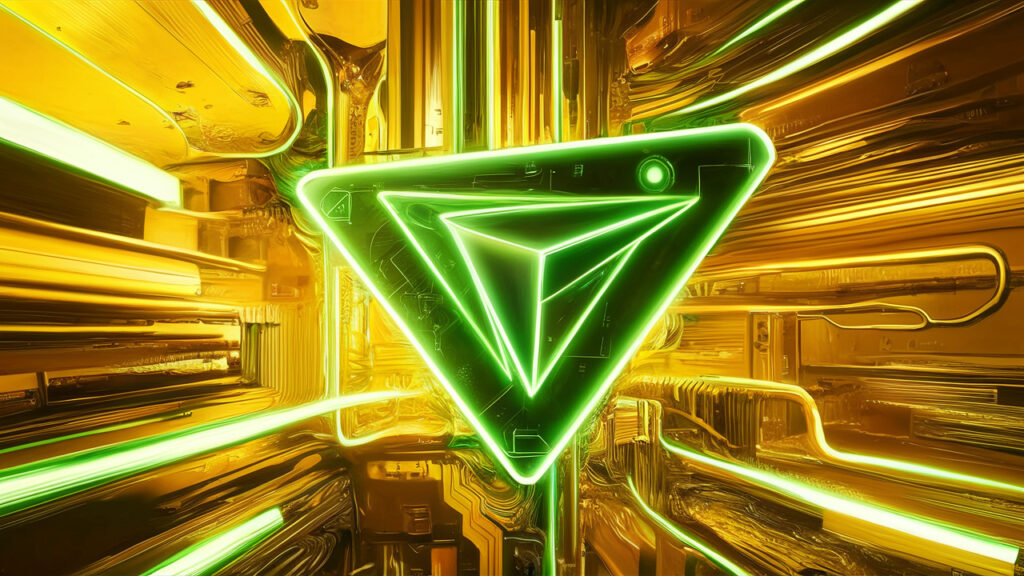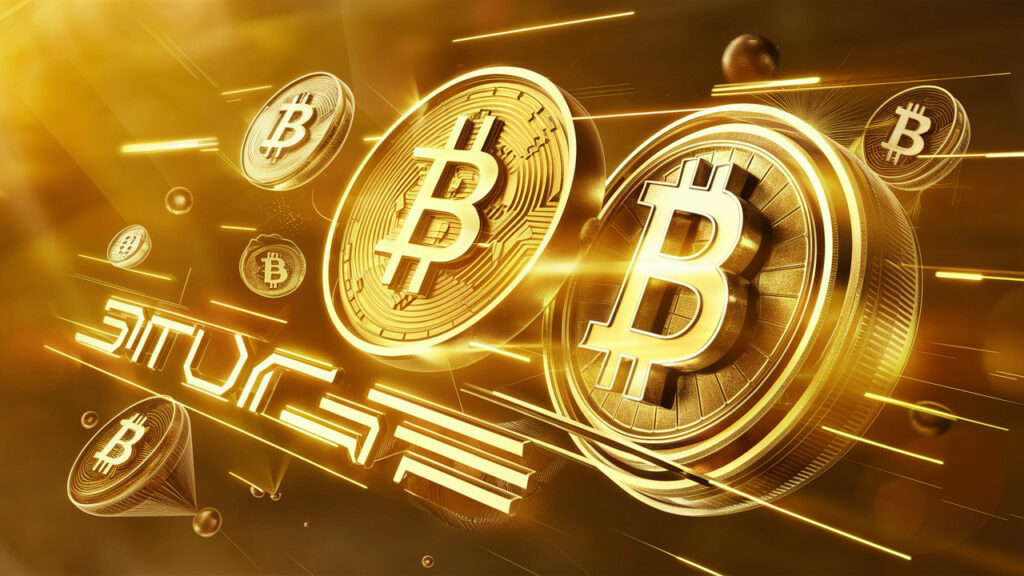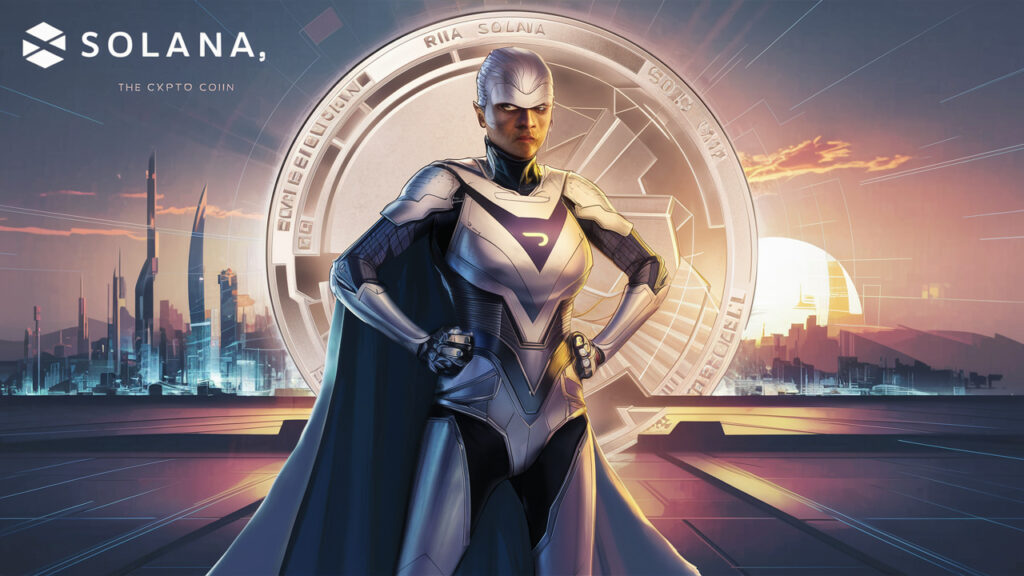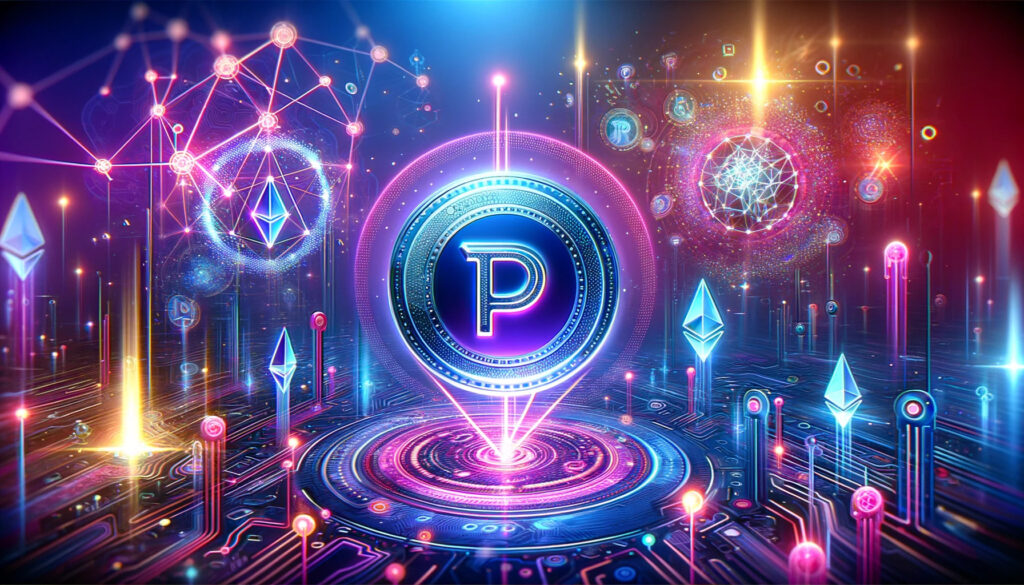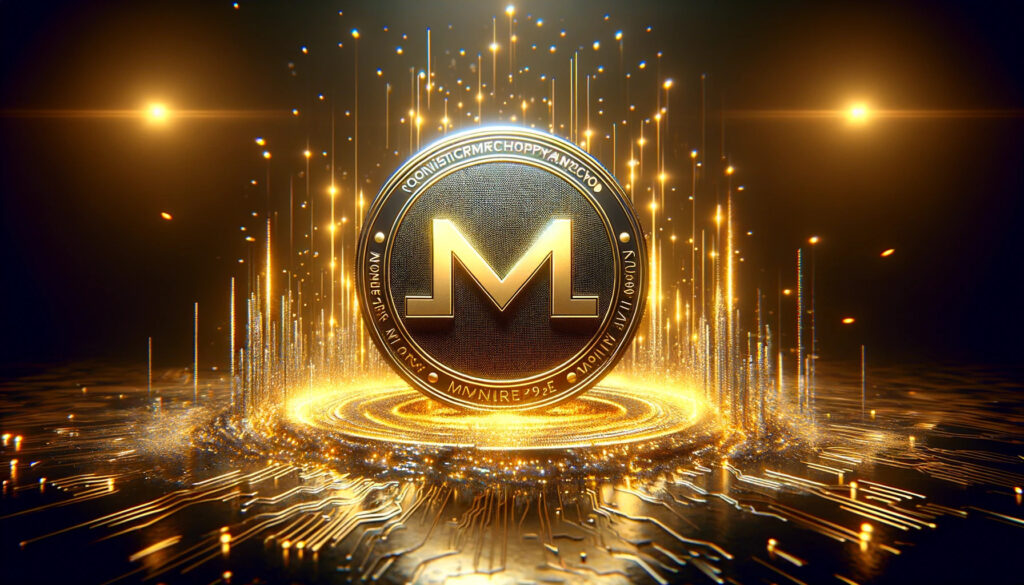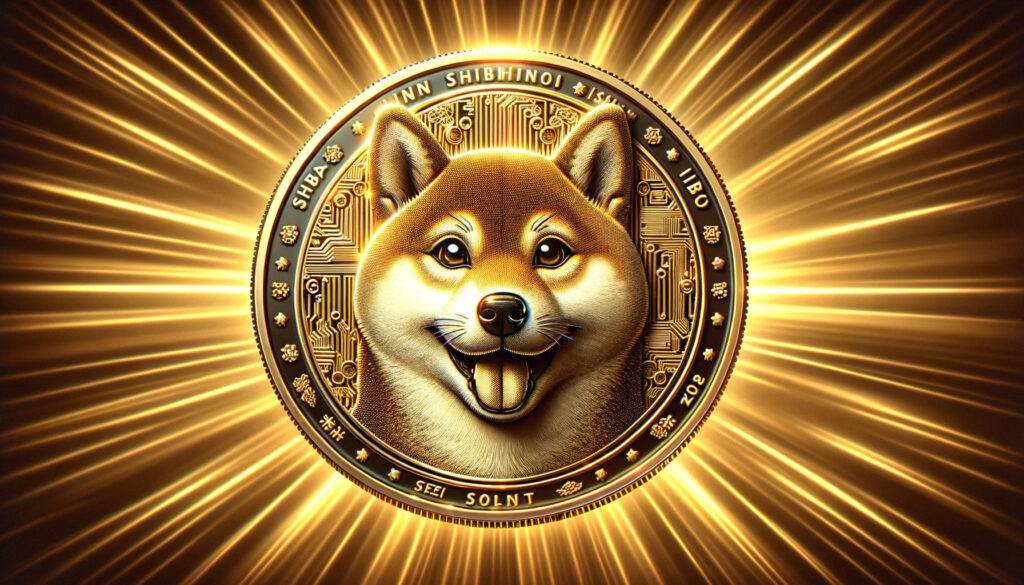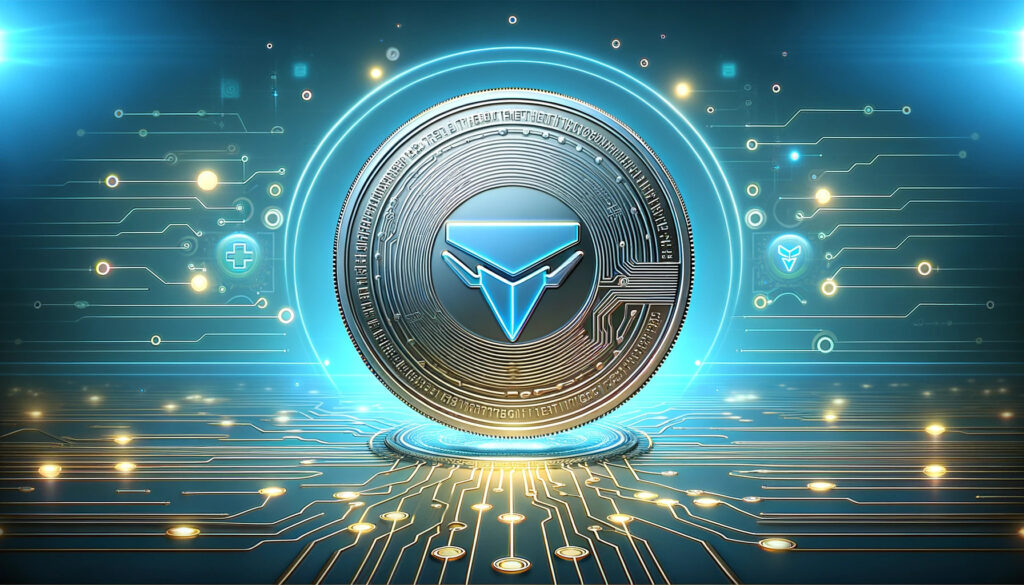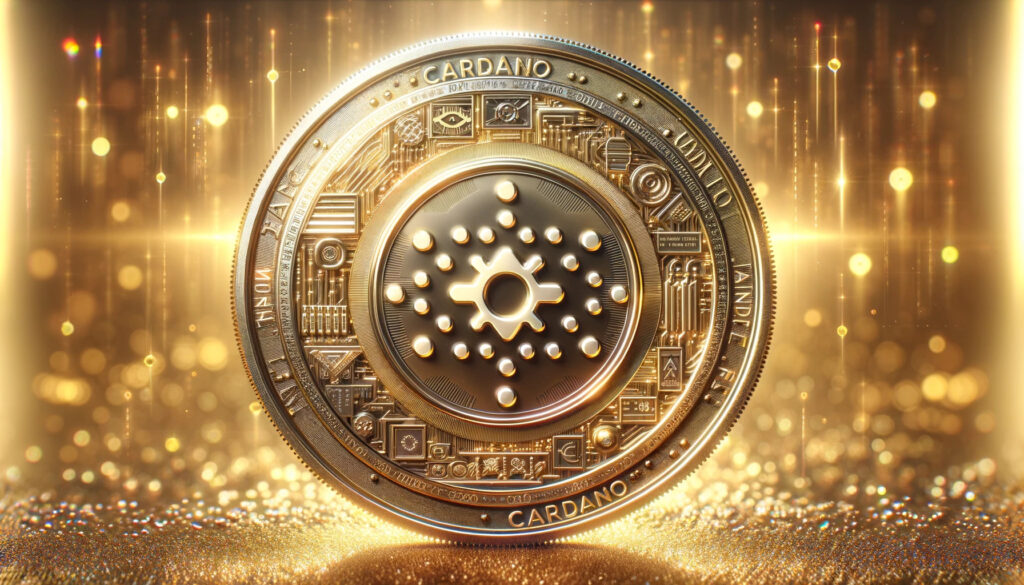
Cardano: Essential Knowledge for Beginners
What is Cardano?
Origin and History
Cardano was launched in 2017, named after the Renaissance mathematician, Gerolamo Cardano. Its cryptocurrency token is called ADA, named after Ada Lovelace, a 19th-century mathematician who is often regarded as the first computer programmer. Cardano was founded by Charles Hoskinson, a co-founder of Ethereum, indicating its strong pedigree in blockchain technology. The goal was to overcome the limitations of previous blockchains, combining the best features with fresh innovations.
Key Features and Technology
One of the most distinctive aspects of Cardano is its foundation in scientific philosophy and peer-reviewed academic research. This means that before any technology is implemented, it undergoes rigorous scrutiny by experts, aiming for high assurance and a basis in evidence-based methods.
- Ouroboros Consensus Algorithm: At the heart of Cardano is the Ouroboros protocol, a groundbreaking proof-of-stake consensus algorithm. Unlike Bitcoin’s energy-intensive proof-of-work system, Ouroboros enables Cardano to be more energy-efficient, without compromising security. Imagine a scenario where, instead of using massive amounts of electricity to validate transactions (like mining in Bitcoin), validators are chosen based on the amount of ADA they hold and are willing to „stake“ as collateral. This not only reduces energy consumption but also democratizes the process of transaction validation.
Cardano is structured in layers, which separates the ledger of account values from the reason why values are moved from one account to the other (smart contracts). This separation offers more flexibility in the development and maintenance of the network. Think of it as having a complex train system (the blockchain) where the tracks (ledger layer) and the train control systems (smart contract layer) are built and maintained independently, yet work seamlessly together.
Through these innovations, Cardano aims to provide a more secure, scalable, and sustainable blockchain platform, suitable for a wide range of applications, from financial services to education and healthcare.
How Does Cardano Work?
Blockchain Technology Behind Cardano
Cardano’s foundation is its unique two-layer architecture: the Cardano Settlement Layer (CSL) and the Cardano Computation Layer (CCL). This dual-layer structure allows for a separation of the ledger of account balances (CSL) from the logic of the transactions, namely smart contracts (CCL). This separation not only enhances the flexibility and efficiency of transactions but also allows for easier updates and maintenance without disrupting the network.
- Cardano Settlement Layer (CSL): The CSL acts as the balance ledger and is where all transactions involving ADA, Cardano’s cryptocurrency, are directly recorded. Imagine it as the bookkeeper, meticulously noting down every transaction that occurs within the network.
- Cardano Computation Layer (CCL): The CCL houses the smart contract logic, enabling the development and execution of decentralized applications (dApps) on the Cardano network. Think of it as the brain, processing complex operations and agreements encoded into the blockchain.
Ouroboros Proof-of-Stake
Central to Cardano’s operation is the Ouroboros proof-of-stake (PoS) algorithm, a more energy-efficient alternative to the proof-of-work (PoW) systems used by cryptocurrencies like Bitcoin. Ouroboros divides time into epochs and slots, where epochs are the overarching time frames and slots are fixed periods within epochs. In each slot, a slot leader is randomly chosen from the pool of ADA stakeholders, responsible for validating transactions and creating new blocks. This method drastically reduces energy consumption and makes the network more scalable.
Comparison with Other Cryptocurrencies
While Bitcoin and Ethereum, the first and second-generation blockchains, respectively, have paved the way for decentralized finance, they come with limitations. Bitcoin’s PoW consensus mechanism, though secure, is notoriously energy-intensive. Ethereum, although more versatile due to its smart contract capabilities, still faces challenges with scalability and transaction fees.
Cardano, often referred to as a third-generation blockchain, aims to address these issues head-on. It offers a more sustainable and scalable solution without compromising security, making it a promising platform for a wide array of applications beyond mere currency exchange.
Security and Upgrades
Security is a paramount concern for Cardano. Through its layered architecture and use of formal methods in development—where software is mathematically verified—Cardano seeks to provide unparalleled security and stability. Additionally, its upgrade system, facilitated through a unique voting system, ensures that changes to the network are democratically decided by its community of users, further emphasizing its decentralized nature.
Real-World Implications
Imagine a world where financial transactions, regardless of size, can be sent across the globe instantly, without the need for intermediaries and at a fraction of the cost. Cardano’s infrastructure is not just about creating a new form of money; it’s about creating a new way to interact and transact, with implications for sectors like education, healthcare, and governance, where transparency, security, and efficiency are crucial.
Environmental Impact and Sustainability of Cardano
Energy Efficiency of Proof-of-Stake
One of the most significant advantages of Cardano’s proof-of-stake (PoS) system, Ouroboros, is its energy efficiency compared to the traditional proof-of-work (PoW) systems used by cryptocurrencies like Bitcoin. PoW requires miners to solve complex mathematical problems to validate transactions and create new blocks, a process that consumes a massive amount of electricity. In contrast, PoS selects validators based on the amount of cryptocurrency they are willing to „stake“ or lock up as collateral, significantly reducing the energy required for transaction validation.
- Example of Efficiency: Imagine a small country’s energy consumption being equivalent to that of Bitcoin mining operations. Cardano’s Ouroboros, on the other hand, could run on the energy equivalent of a small town, drastically reducing the carbon footprint associated with blockchain technology.
Sustainability Initiatives
Cardano is not only designed to be energy-efficient but also focuses on sustainability through its ecosystem. The Cardano Foundation, the organization behind Cardano, has initiated several projects aimed at leveraging blockchain technology for positive environmental impact. This includes partnerships focused on transparent supply chains, carbon credit trading, and renewable energy certificate markets.
- Supply Chain Example: By utilizing the transparent and immutable nature of the blockchain, Cardano can help verify the authenticity of products in a supply chain, ensuring they meet sustainability standards from production to delivery.
Cardano’s Long-Term Vision for Sustainability
The long-term vision of Cardano encompasses creating a blockchain platform that not only meets the needs of today’s users but does so in a way that is conscientious of future generations. This involves continuous improvements to its consensus mechanism to ensure scalability and energy efficiency and exploring innovative uses of blockchain technology to address global challenges like climate change, resource management, and social inequality.
Comparison with Other Cryptocurrencies
When compared to first and second-generation cryptocurrencies, Cardano’s commitment to sustainability and energy efficiency sets it apart. While Ethereum is transitioning to a PoS system with its Ethereum 2.0 upgrade, Cardano was built from the ground up with these principles in mind. This foresight positions Cardano as a leader in the move towards more sustainable blockchain technologies.
The Bigger Picture
Beyond the technical aspects, Cardano’s focus on sustainability reflects a growing recognition in the cryptocurrency industry of the need to balance innovation with environmental responsibility. As digital currencies and blockchain technology become more integrated into our daily lives, the platforms that prioritize sustainability will likely play a pivotal role in shaping the future of finance, governance, and beyond.
Environmental Impact and Sustainability of Cardano
Energy Efficiency of Proof-of-Stake
Cardano’s proof-of-stake (PoS) consensus mechanism, Ouroboros, is at the core of its claim to environmental sustainability. Unlike the proof-of-work (PoW) mechanism used by Bitcoin, which requires miners to solve complex mathematical problems using powerful computers (and, consequently, consuming vast amounts of electricity), PoS selects validators based on the number of coins they hold and are willing to „stake“ as collateral. This method is inherently more energy-efficient, as it eliminates the need for energy-intensive mining operations.
- Comparative Energy Consumption: To put it into perspective, the Bitcoin network’s energy consumption rivals that of entire countries. Cardano’s network, on the other hand, operates on a fraction of this, thanks to Ouroboros. Imagine the difference between powering a small town versus a single home; that’s the scale of efficiency we’re talking about with Cardano.
Sustainable Development
Sustainability is not just about energy consumption; it’s also about the development and maintenance of the network. Cardano’s layered architecture allows for upgrades and changes to be made with minimal disruption, ensuring longevity and reducing the need for resource-intensive overhauls. This approach mirrors sustainable practices in other industries, where maintaining and improving existing systems is often more efficient than building new ones from scratch.
Supporting Global Sustainability Goals
Cardano’s design and goals align with broader global sustainability efforts, such as the United Nations‘ Sustainable Development Goals (SDGs). By providing a platform that can facilitate secure, transparent, and efficient transactions with minimal environmental impact, Cardano has the potential to contribute to various SDGs, including those related to reducing inequality, enhancing education, and promoting economic growth.
Real-World Example: Reducing Carbon Footprint
Consider the impact of remittances, where migrant workers send money back to their families in their home countries. Traditional banking methods for these transactions are often slow and costly, and the environmental impact of maintaining these global banking networks is significant. Cardano can streamline this process, making it faster, cheaper, and more energy-efficient, thus reducing the overall carbon footprint associated with these transactions.
The Future of Sustainability in Cryptocurrency
Cardano’s emphasis on sustainability and energy efficiency represents a shift in how we think about blockchain technology and its environmental impact. As the world becomes increasingly conscious of climate change and ecological sustainability, the demand for green technologies is rising. Cardano’s approach sets a precedent for future developments in the crypto space, showing that it is possible to balance innovation with environmental responsibility.
Cardano’s ADA Token
Purpose and Use
ADA is the native cryptocurrency token of the Cardano platform. It serves multiple purposes within the Cardano ecosystem, including:
- Transactions: ADA is used to facilitate transactions on the Cardano network. Whether you’re sending money to a friend or paying for services, ADA acts as the medium of exchange.
- Staking: ADA holders can participate in the network’s operation through staking. By staking ADA, you’re essentially locking up a portion of your tokens to be used for validating transactions on the network. In return, stakers earn additional ADA as rewards, proportional to the amount they stake.
- Governance: ADA also plays a role in the governance of the Cardano network. Holders can use their ADA to vote on proposed updates or changes to the software, ensuring the network evolves in a way that benefits all users.
How and Where to Buy ADA
For beginners interested in purchasing ADA, here’s a simplified process:
- Choose a Cryptocurrency Exchange: ADA can be bought and sold on several cryptocurrency exchanges. Some popular ones include Binance, Coinbase, and Kraken. Each exchange has its own set of features, fees, and security measures, so it’s important to do some research to find the one that best fits your needs.
- Create an Account: Once you’ve chosen an exchange, you’ll need to create an account. This usually involves providing some personal information and, in many cases, verifying your identity to comply with regulatory requirements.
- Deposit Funds: After your account is set up, you’ll need to deposit funds. Most exchanges accept bank transfers, credit cards, and other cryptocurrencies for deposit.
- Buy ADA: With funds in your account, you can now purchase ADA. This typically involves entering a buy order, specifying the amount of ADA you wish to buy and at what price. The exchange then matches your order with a seller, and the transaction is completed.
Storing ADA Safely
After purchasing ADA, it’s crucial to store it securely. While keeping it on the exchange is convenient for small amounts or short-term trading, long-term holders should consider using a cryptocurrency wallet for added security.
- Hot Wallets: These are digital wallets that are connected to the internet, offering convenience for frequent transactions. However, they are more vulnerable to online attacks.
- Cold Wallets: These are physical devices that store your ADA offline, providing the highest level of security. They are best for long-term storage and substantial amounts of ADA.
Getting Started with Staking ADA
- Choose a Staking Pool: To stake ADA, you’ll need to delegate your tokens to a staking pool. These pools are groups of ADA holders who combine their resources to increase their chances of being selected to validate transactions and, consequently, earn rewards.
- Delegate from Your Wallet: Most wallets that support ADA also allow you to delegate your tokens to a staking pool directly from the wallet interface. The process is usually straightforward, requiring you to select a pool and allocate the amount of ADA you wish to stake.
Conclusion and Further Learning
Investing in ADA and participating in the Cardano ecosystem can be a rewarding experience, offering not just potential financial returns but also the opportunity to be part of an innovative, sustainable blockchain project. For beginners, the key is to start small, learn continuously, and prioritize security, especially when it comes to storing and managing your investments.
Real-World Applications of Cardano
Cardano is not just another cryptocurrency; it’s a platform designed for sustainable and scalable blockchain solutions. Its real-world applications span various industries, from finance to healthcare, and education to agriculture. Here are a few examples:
- Finance: Cardano aims to provide banking services to the unbanked, offering secure and accessible financial services to those without traditional banking access, especially in developing countries. This includes everything from simple transactions to complex contractual agreements, executed with the security and transparency of blockchain technology.
- Education: By storing educational credentials on the blockchain, Cardano can make verification simple and forgery-proof. This has immense implications for job seekers and employers alike, streamlining the hiring process and ensuring the authenticity of qualifications.
- Healthcare: Patient records can be securely stored and shared on the Cardano blockchain, giving individuals control over their data while making it easily accessible to authorized healthcare providers, regardless of location. This can significantly improve the quality and efficiency of care, particularly in remote or underserved areas.
- Agriculture: Cardano can track the production and supply chain of agricultural products, providing consumers with verified and immutable data on the origin, quality, and sustainability of their food. This not only helps in ensuring food safety but also supports fair trade practices.
Future Prospects of Cardano
The future of Cardano looks promising, with several developments on the horizon set to enhance its utility and adoption:
- Smart Contracts and dApps: The ongoing rollout of smart contracts functionality enables developers to build decentralized applications (dApps) on the Cardano platform, opening up endless possibilities for decentralized finance (DeFi), social media, gaming, and beyond.
- Interoperability: Cardano is working on solutions for blockchain interoperability, aiming to facilitate seamless transactions across different blockchain networks. This could revolutionize how cryptocurrencies are transferred and used, breaking down barriers between isolated blockchain ecosystems.
- Scalability: With research and development continuously underway, Cardano is focused on solving the scalability puzzle, aiming to process more transactions per second while maintaining security and decentralization. This includes projects like Hydra, a layer 2 scaling solution that could significantly increase Cardano’s transaction throughput.
- Governance: The Cardano governance model, which will be further developed through the Voltaire phase, aims to create a self-sustaining system where the community of ADA holders can propose and vote on changes to the platform. This democratic approach ensures that Cardano evolves in a way that serves its users‘ best interests.
Conclusion
Cardano stands at the forefront of the third generation of blockchain technology, with a focus on sustainability, scalability, and real-world utility. Its commitment to scientific rigor and community governance sets it apart in the crypto space, promising a more inclusive, efficient, and secure digital future. As the platform continues to grow and evolve, the potential applications of Cardano are only limited by the imagination of its global community of developers, entrepreneurs, and users.

